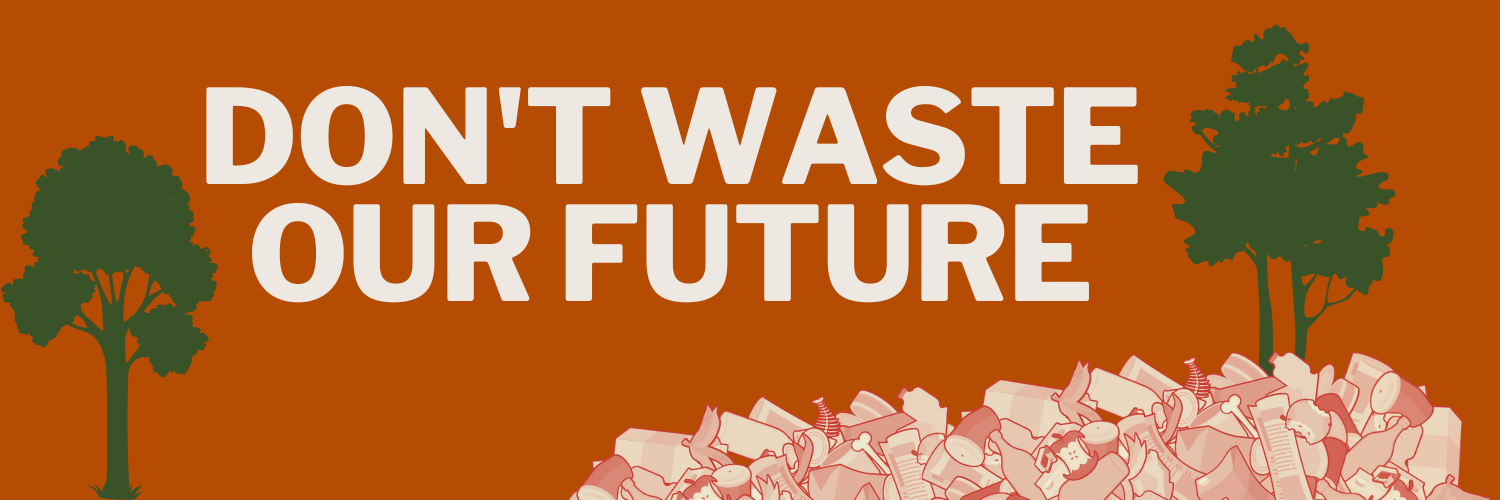Waste dashboard: washington
Landfills across Washington and the country are causing massive amounts of global warming through methane: a super-pollutant that is approximately 80 times more potent than carbon dioxide in the short term. The majority of landfill methane emissions come from organic waste like food scraps, yard clippings, and paper. Science tells us that drastically reducing methane is the most impactful action we can take now to slow climate change – and as the country's third-largest source of industrial methane emissions, landfills are a clear next step. Reducing methane emissions from landfills is possible, through a combination of waste prevention programs, organics diversion policies, and stronger landfill emissions regulations. The state Department of Ecology is currently writing a final set of new state landfill emissions rules - they have a choice to cement Washington’s position as a national leader on addressing climate change or maintain the status quo. Together, we can keep trash out of landfills and slash planet-warming emissions, but we need policymakers to act with the boldness and urgency required. Washington State has taken strong steps to address these problems but more work is needed. Washington has created a plan to address surplus food and food waste, passed a law with a target to divert organic material from landfills by 75% by 2030 and direct at least 20% of surplus food to food donation programs, relative to 2015 levels. Implementing and building on these efforts can create jobs, food security and economic growth that help communities thrive.

Industrious Labs’ analysis is based on the following data sources:
U.S. EPA Greenhouse Gas Reporting Program (GHGRP) 2022: Facilities emitting over 25,000 metric tons of CO2-equivalent/year. Industrial sectors included: Chemical Manufacturing, Food Processing, Metals, Minerals, Mining, Other Manufacturing, Petroleum and Natural Gas Systems, Petroleum Refineries, Pulp and Paper, and Waste.
U.S. EPA Landfill Methane Outreach Program (LMOP) (July 2023)
U.S. EPA GHG Equivalency calculator
*MT = metric tons
The Environmental Protection Agency (EPA) has "been understating methane emissions from landfills by a factor of two," said Susan Thorneloe, a senior chemical engineer at the EPA who has worked on the agency's methane estimation methods since the 1980s.
Part of the problem may be that the EPA's methods for estimating landfill methane emissions are outdated and flawed, Thornloe said. Thorneloe helped craft the current estimate method, and she said it "was developed over 30 years ago using empirical data for about 40 landfills.”
Citing new research out of California, she has come to believe the agency underestimates emissions.” - NPR , July 13, 2021.



